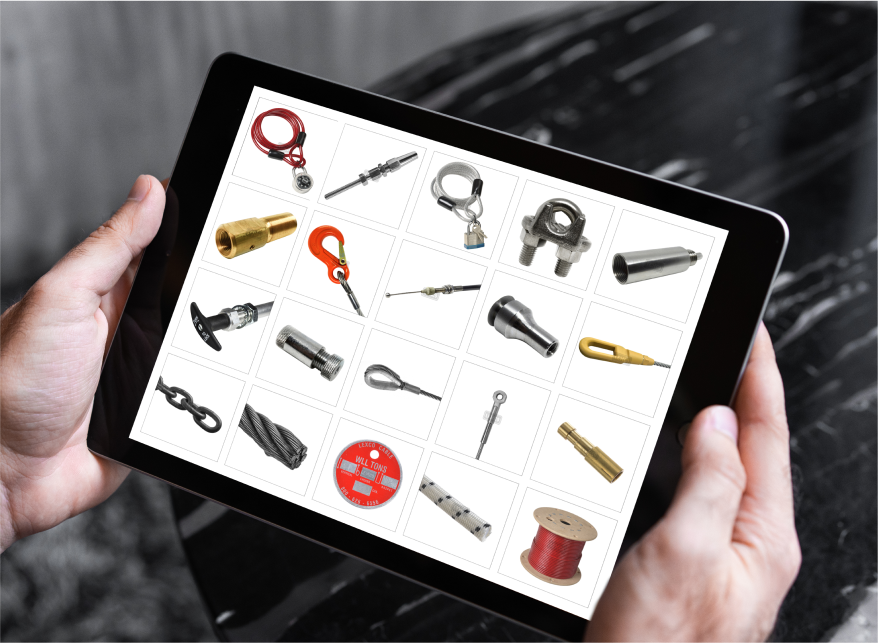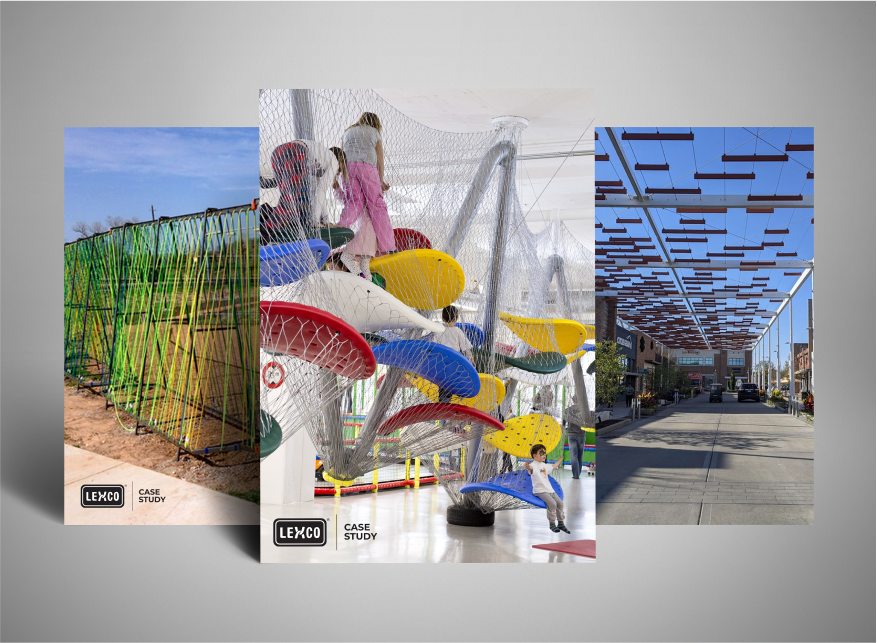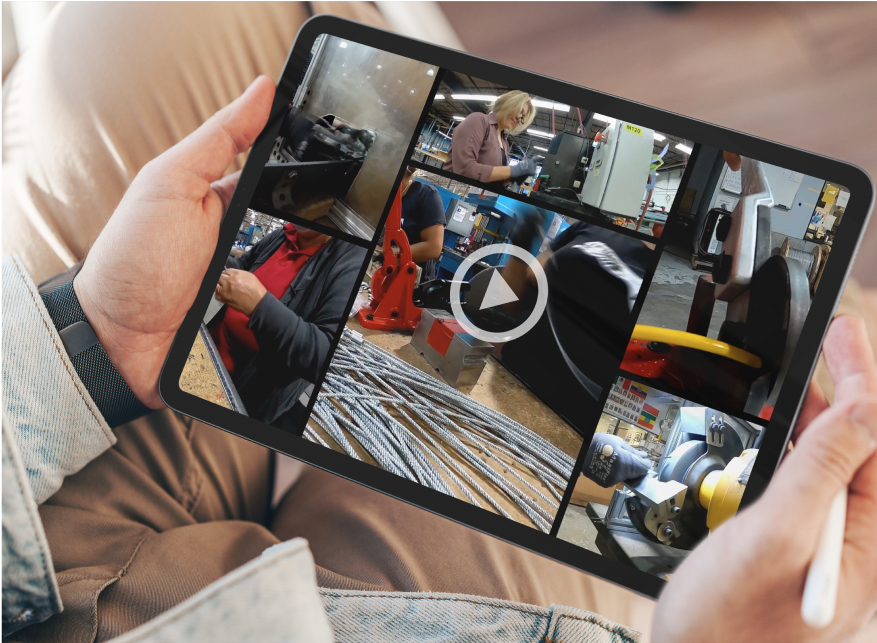Lexco Cable Adds Die-Casting to its Manufacturing Capabilities
 Written by David Karbin
Written by David Karbin
The addition of die-casting machinery helps Lexco® Cable increase the selection of end fittings that it offers customers. Die-casted end fittings are utilized in push-pull assemblies as well as assemblies that don’t utilize conduit.
The raw material utilized in die-casting is zinc, which starts in bar form called an ingot. The process of die-casting cable fittings entails melting zinc ingots into a pot and then injecting the liquid zinc into a mold where it solidifies on the cable. In the mold the zinc is connects to the cable and takes the desired shape of the finished fitting.
Most die-casted ends are designed to hold the cable’s nominal breaking strength. In some situations with an extra tight clearance the size of the fitting is reduced bellow the cable’s full strength capacity. This result in an extra small fitting that gets the job done while satisfying a working load limit.
The most common die-casted end fittings are barrels, eyelets and “Z” shaped ends. Barrel end assemblies can be found bicycle brake cables. “Z” shaped end assemblies can be found on lawn mowers and snow blowers. Examples of other die-casted ends are “L” shapes, threaded plugs, bullet shapes and a version of a button stop called a slug end.
Die-casting end fittings can be advantageous over conventional crimping or swaging. Less space is required to attach the fitting to the cable. This is accomplished by bird-caging the end of the cable prior to the zinc injection. This setup step allows the zinc to flow more freely in between the wires creating a strong bond in a miniature space.
Die-casting is a popular application practice in high volume situations. The cost of zinc is economical per pound, but the real savings comes by eliminating processing steps. Consider a threaded plug for example. A machined threaded plug must be cut, drilled, threaded, annealed and if it’s mild steel then it also requires plating. Whereas a die-casted threaded plug does not require drilling, annealing or plating – It just requires a mold and micro amount of zinc to inject into it. The injection time is fast which keeps costs down and customers happy.
Since Lexco® Cable’s inception it has supplied die-casted assemblies in the form of bicycle brake cables. Now with the addition of die-casting machinery Lexco® reconfirms its core commitment to serve the cable assembly market with exceptional quality and value cable assemblies.






